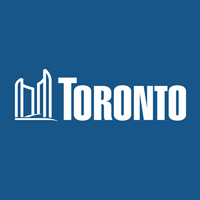denfromoakvillemilton
Senior Member
Member Bio
- Joined
- Apr 30, 2008
- Messages
- 7,491
- Reaction score
- 1,551
- Location
- Downtown Toronto, Ontario
So they took these stations and caused commotion, only to put them back in to shut up the protesters. I just want Cummer back and this to be built.
Agreed Rainforest.Ideally, the station should be located north of Cummer/Drewry, closer to Connaught and Patricia. That would be nearly equidistant from Finch and Steeles, while Cummer is closer to Finch.
It would be really strange if they build Royal Orchard Stn, but nothing between Finch and Steeles. A "Cummer" or "Patricia" station can get 3x walk-in riders from the houses already there, compared to what Royal Orchard will get with any TOC in place.
The way things are done in the GTHA smh. I agree with this too.Oh don't worry, we still think the choice to have a 50m deep station is absolutely insane. However if its coming out of the developer's pocket and not necessarily the taxpayers... then its whatever.
But we shouldn't have gone through this at all. If you're building this, all 6 stations needed to be built to justify it.I don't mind if they add Cummer (I'd have preferred it over Royal Orchard) but...
...one of the points they make in the Initial Business Case is that when you draw the 500m radii around Steeles and Finch, there are actually very few walk-ins who aren't already within walking distance of the other two stations. The M2M development is a prime example as it would obviously benefit from a Cummer Station, but also is pretty walkable from Finch.
I would also agree that the box should be shifted north, though that has the disadvantage of moving you further into the Steeles walkshed.
Overall, the full 6 stations seems like a bit of overkill but it may be what's necessary to make the extension both functional and politically palatable.
